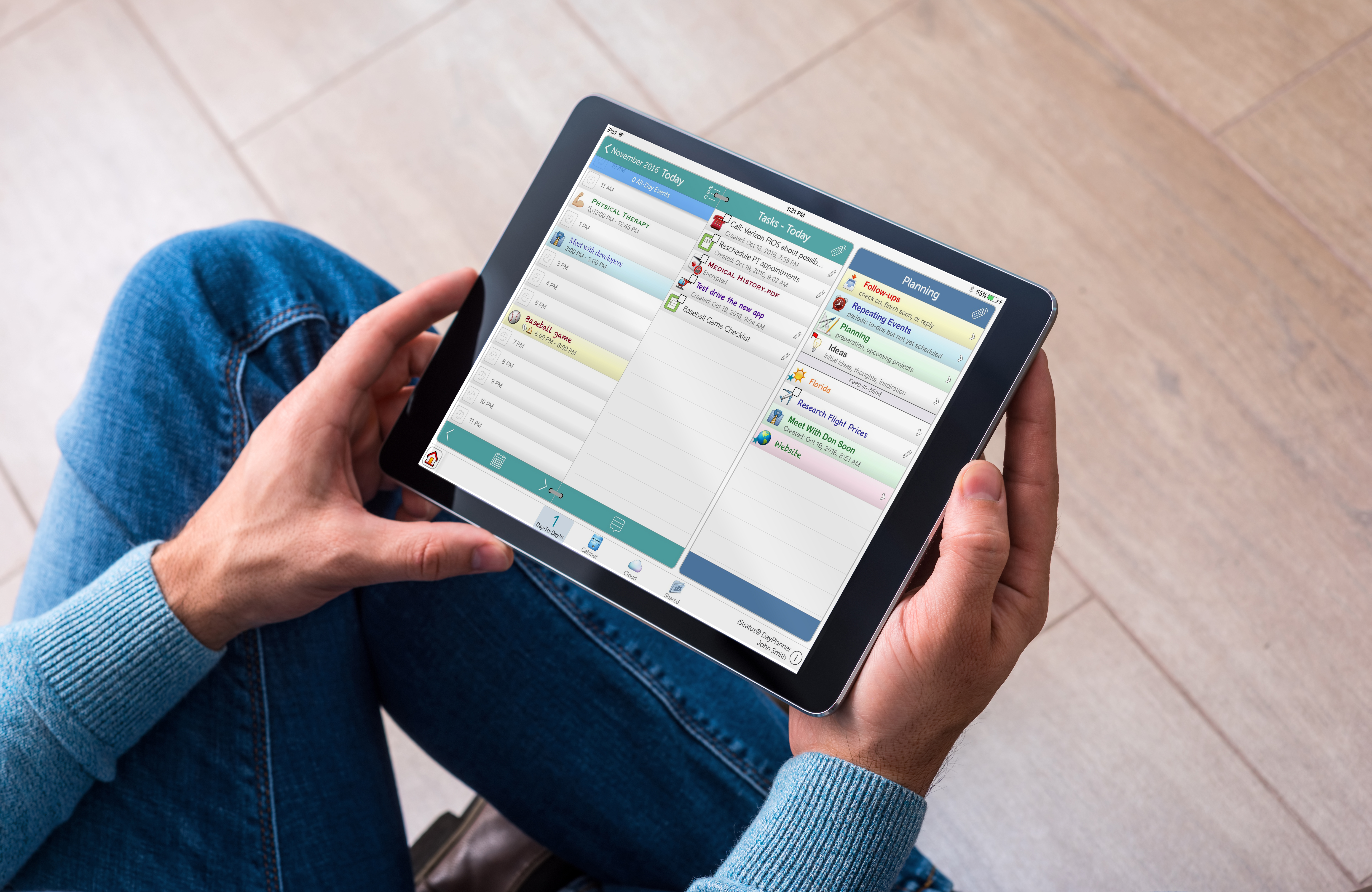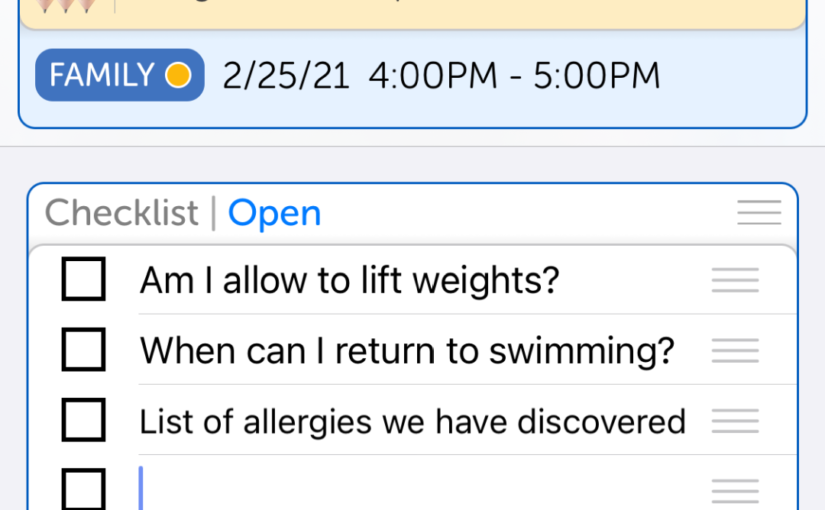Whether it’s brilliant ideas or the exciting possibilities that await us, most of us have many more activities noted on our “bucket lists,” than the time readily available to work on them. In short, there’s never enough time to do everything we want to do. It’s a universal hitch.
We can easily bog ourselves down in time-depleting, low-yield tasks that prevent us from moving forward.
In a world where alerts and notifications pop up on us for everything under the sun, it is imperative to distinguish which alerts are critical and which alerts can be addressed later.
It really doesn’t matter which technique you use. In our App, you can blend parts of different techniques to create your own custom method that feels right, and get to work.
Read on to take action on your priorities. Check-in on that bucket list. Let iStratus, help you structure things from “high to low” to make the most of your time, and keep it flowing that way, today…
What’s The Priority?
You have 40 tasks upon your list, and before the “worst-case scenario” towards underachievement rears its ugly head, ask yourself: Which one of those things is the most important?
For iStratus, our prioritization “Flags” and “High to Low” preferences support your answer to that question, with an immediate method for quickly evaluating the necessity of each task on your list. We believe, through informed decision making, you’re more likely to:
- Do what is required to complete tasks.
- Recognize what you don’t need to do, and as we like to say: “Roll Up”.
- Work out exactly when you need to focus on certain tasks and
- Accomplish what needs addressing next in line.
Prioritization Tackles Two Significant Matters:
Everything is Critical! If you feel like you spend your day extinguishing fires, because everything is considered to be “urgent”, at work or home – we hear you!
Use iStratus to establish a succinct prioritized list and regain control of your own time, pushing back any unreasonable last-minute expectations or requests.
Prioritized lists can be an effective armor against delays and distractions. For instance, any new, work-related ‘urgent’ demands can potentially be refuted with evidence of clear priorities, and the cuts that would be required for such accommodations. In the long run, prioritization and productivity should aim to be improved, even if, it’s in the smallest of ways. Our brains love to procrastinate and deter us from accomplishing important work.
Speaking of: Should you really answer that email? It’s not rocket science, if you constantly enable incoming emails to influence your list of priorities, you’ll find it difficult to get ahead. That’s not to say recurring important documents needing attention should be ignored.
We simply mean, sometimes a delayed reply to an email is justified when you’re attending to what needs to be focused on first and foremost.
“Of course, our failures are a consequence of many factors, but possibly one of the most important is the fact that society operates on the theory that specialization is the key to success, not realizing that specialization precludes comprehensive thinking.”
~ R. Buckminster Fuller
Rate It, We Say.
Thinking about the ‘High to Low’ points we mentioned earlier, research suggests, the MoSCoW process (pronounced like Russia’s Capital) is a humble technique for the resourceful distribution of every task into one of four categories:
- M – The Must Do’s (M): Are rated as such for immediate attention.
- S – The Should Do’s (S): Are the ‘Should Do’ tasks that are important, but they’re not as critical.
- C – The Could Do’s (C): Are the cream of the crop, kind of To-Do’s. You’d like to do them, but if you don’t, it’s unlikely to be a big deal.
- W – The Won’t Do’s (W): Are things that really aren’t worth doing. Hello, procrastination!
Use the MoSCoW technique in Stratus, to evaluate your To-Do list. By the end, you should be able to see your tasks inflow, from top to bottom in accordance with their priority. Any W tasks should be deleted.
If you consistently address your list from the top-down, you’ll always feel a sense of focus and direction.
Hey, by the way – we recognize, some days you might feel off base, and that’s okay. Remember, there’s always more than one way of doing things.
You might find, iStratus works better for you in 5 Simple Steps known as the “Ivy Method”:
- Conclude every workday identifying the six most crucial tasks remaining on your list for tomorrow.
- Order those in terms of priority.
- Set to work in the morning, focusing on task number one until it’s done.
- Complete tasks in sequential order.
- Continue until all six tasks are complete (preferably). Repeat this process daily.
Bottom line: Do what works.
Which elements work best for you?









